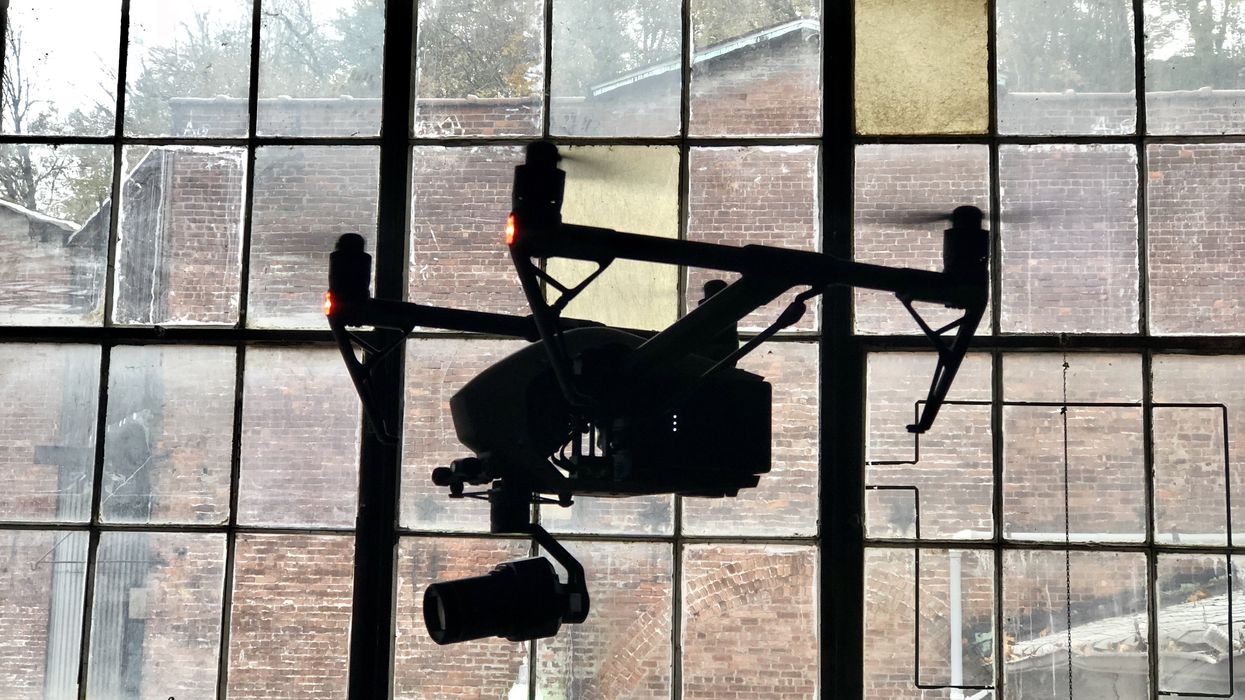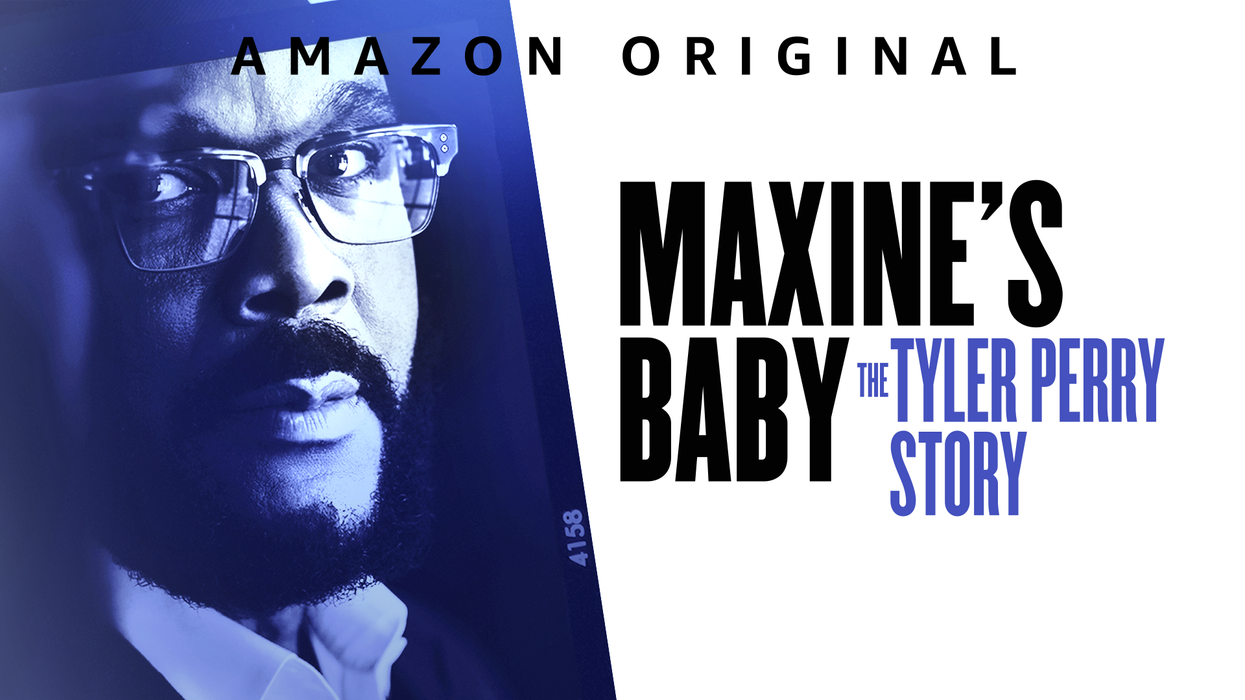5 Ways Hiring a Drone Operator Can Save You Time and Money
Drone operators can do more than you think.

Filmmakers instinctively think of drones being used to get high, wide, establishing shots or as cameras that can be positioned in places traditional equipment cannot. But a knowledgeable and skilled drone operator knows how to go beyond the obvious and use their drone to do a lot more than capture high establishing shots. As such, there are many ways that hiring a professional drone operator for your next production can help you save time and money. Here are five of them.
1. Use a drone for dolly & jib shots
Drones can move right, left, forward and backward in a straight line all while carrying cameras stabilized by 3-axis gimbals. They can produce smooth, consistent moving shots that mimic the movements of legacy filmmaking equipment. This saves you money in two ways. First, you don't have to rent a dolly, track, and pay a crew to set it up, operate it, and tear it down. Secondly, you'll stretch the value of your drone operator's day rate by having them capture some of the traditional shots as well as the obvious drone shots.
You might think that because your shot list doesn't contain high altitude aerials, your production doesn't "need" a drone op. But, if you're planning to get a bunch of dolly and jib shots, you might be surprised how much time and money you can save by enlisting an experienced drone operator to get those shots for you. As a bonus, you might even get the high-altitude shots you didn't think you could afford.
2. Use a drone as a Steadicam
DJI illustrated this concept when it released the Inspire 2. Your drone operator can hand-hold and walk the drone just as you would a hand-held gimbal or Steadicam in order to do walk & talk shots or any other ground-based gimbal shots on your list. While it seems that everyone has handheld gimbals these days, drones can do all the work of a handheld gimbal and then some. By developing a relationship with a local drone operator, you might be able to fill the "Steadicam operator" position on your team while getting a drone operator to boot.

Today's drone operators know how to use the advanced technology and sensors in professional UAVs to create complex shots like chasing cars and motorcycles through winding country roads and parking garages. You no longer need to rent a vehicle mount and risk one of your main terrestrial cameras since your drone operator might be able to get you the same shot for a lot less money and in a lot less time.

4. Let the drone help with pre-production
It's obvious to think of how a drone might be used during filming, but what about before the shoot begins? Would getting a bird's eye view of your shoot location help you visualize, block, and plan your shots better? Could that help avoid wasting time and money resetting or re-shooting on the day? Even if you already have your entire crew on board, it might be a worthwhile investment to hire a drone op for a day to film/photograph your intended shoot location throughout the day in order to get insight about lighting and environmental conditions that may play into your blocking.

5. Use a drone as a catch-all angle
When we covered the last Sight, Sound, and Story event, Julio Macat (DP Home Alone) talked about the importance of using what he and the crew called a "bonus cam" as a catch-all angle. He placed the "bonus cam" in a position that would allow them to tell the entire story of that particular scene from a single vantage point. Macat explained that he did this in order to have the confidence of knowing that even if they got nothing usable from any of the other three cameras they had on set, they would be able to use the "bonus cam" footage. Interestingly enough, he said that it was the "bonus cam" footage that frequently got chosen over the other angles in the final cut.
Since your drone operator can easily position the drone virtually anywhere in 3D space, they could become your production's "bonus cam" ensuring that you never miss a shot and save yourself the time money and aggravation involved with reshooting scenes.
Can you think of any other ways a drone op might save time and money for your productions? Let us know in the comments.
Featured image and embedded video by Randall Esulto of BerCo Aerial.











